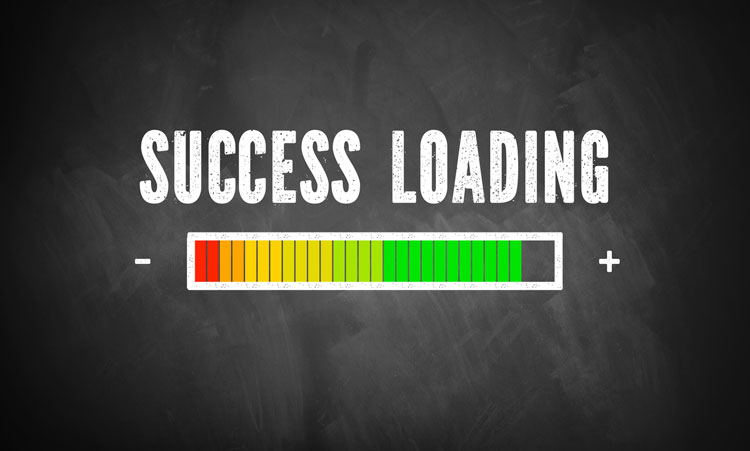Mezzanine Debt Viability Tips
Posted on: August 24th, 2020
 Mezzanine debt operates on a different methodology than most other loans. Because it is based on a Company’s EBITDA and because the loan size is bespoke, there are several important rules to consider when assessing its viability. These rules will help you understand the thought process of the mezzanine debt lender. It will also help you be sure that your deal falls within mezzanine debt lender parameters.
Mezzanine debt operates on a different methodology than most other loans. Because it is based on a Company’s EBITDA and because the loan size is bespoke, there are several important rules to consider when assessing its viability. These rules will help you understand the thought process of the mezzanine debt lender. It will also help you be sure that your deal falls within mezzanine debt lender parameters.
The first category of tips is for screening. Mezzanine debt lenders seek companies with strong historical financial performance, not turnarounds, or start up situations. Regardless of how strong your projection is, if your business is brand new, mezzanine debt lenders are not for you.
Mezzanine debt lenders like companies that have sticky customer relationships with recurring or repeat revenue. They do not like companies with excessive (>25%) customer concentration or those with project-based revenue.
Preference of Mezzanine Debt Lenders
Mezzanine debt lenders are particularly fond of companies that have high gross margins and EBITDA margins. These companies are usually those that have strong market positions in niche industries. These companies have gross margins higher than 30% and EBITDA margins higher than 10%. Because mezzanine debt loans are based on adjusted EBITDA, you need to have a strong grasp on your adjustments. Your adjustments should be no more than 40% of your pro forma adjusted EBITDA. Lenders look for companies of a certain size and profitability level. Generally, they seek companies with at least $20 million in revenue and $2.5 million in EBITDA.
Smaller companies can attract mezzanine debt financing but there are fewer mezzanine debt lenders available to fund smaller deals. There are a variety of structuring tips and many of them revolve around total debt to cash flow and credit ratios. The total loans on the balance sheet including the proposed mezzanine loan should be no more than 3.0 to 3.5 times your adjusted historical EBITDA. Your historical EBITDA can be the most recently ended Fiscal year or the most recently ended trailing twelve-month period. The standard fixed charged coverage ratio for mezzanine debt is 1.25 times at a minimum. This means that your business’ cash flow should be at least 25% greater than your debt service level. Equity contribution varies widely and can come in several forms.
If your company has significant roll over value, then often that can be your equity contribution. If you are buying a business, you need to invest a level of equity that is comforting to the lender. Lenders will not fund a deal where there is no equity from the buyer. A seller holdback can be considered equity but only if it is structured properly and is supplemented by some buyer equity.
